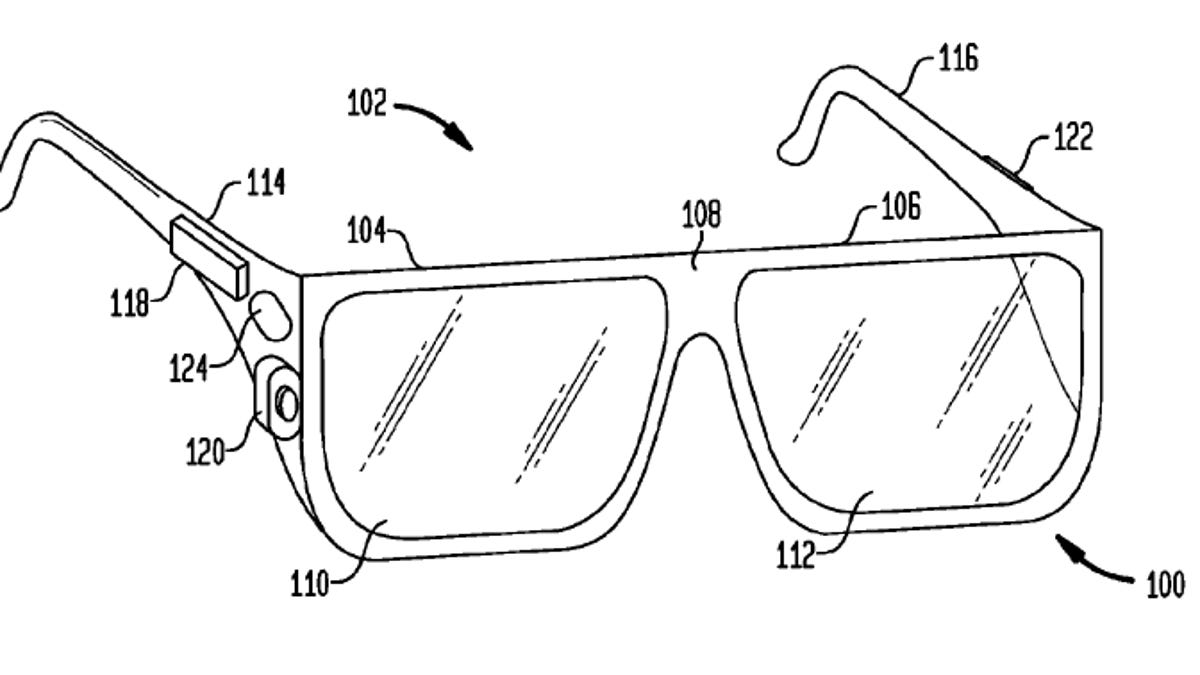Google Glass patent application gets really technical
The Web giant details everything from the bridge to the display of its high-tech spectacles, saying advancements in wearable displays have really been needed.

As for the display, in a section of the application labeled "Background," Google explains that some head-mounted displays can "almost entirely obstruct the wearer's vision outside of the screen." Others can be "heads-up displays" where an image is displayed on, in, or through a transparent display that superimposes the displayed image over the surrounding environment. Google cautions, though, that the heads-up display can have many limitations, including fit and comfort to the wearers, as well as limited functionality.
There's too much detail for CNET to include all of it here, and it's unlikely that Google will implement all of the items described in its application. But in the competitive (and litigious) world of patents, Google likely wants to be safe to create anything it desires related to the area.
CNET's Josh Lowensohn contributed to this report.
(Via Engadget)

